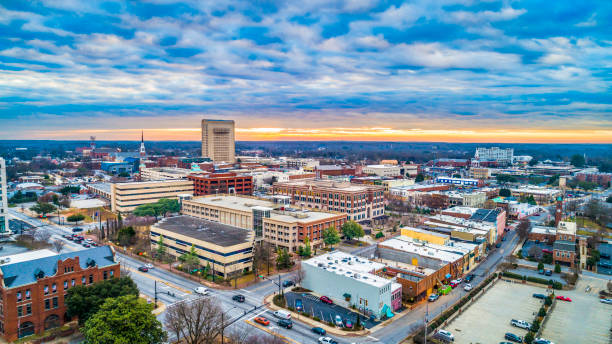Mobility in Barcelona: post-pandemic challenges
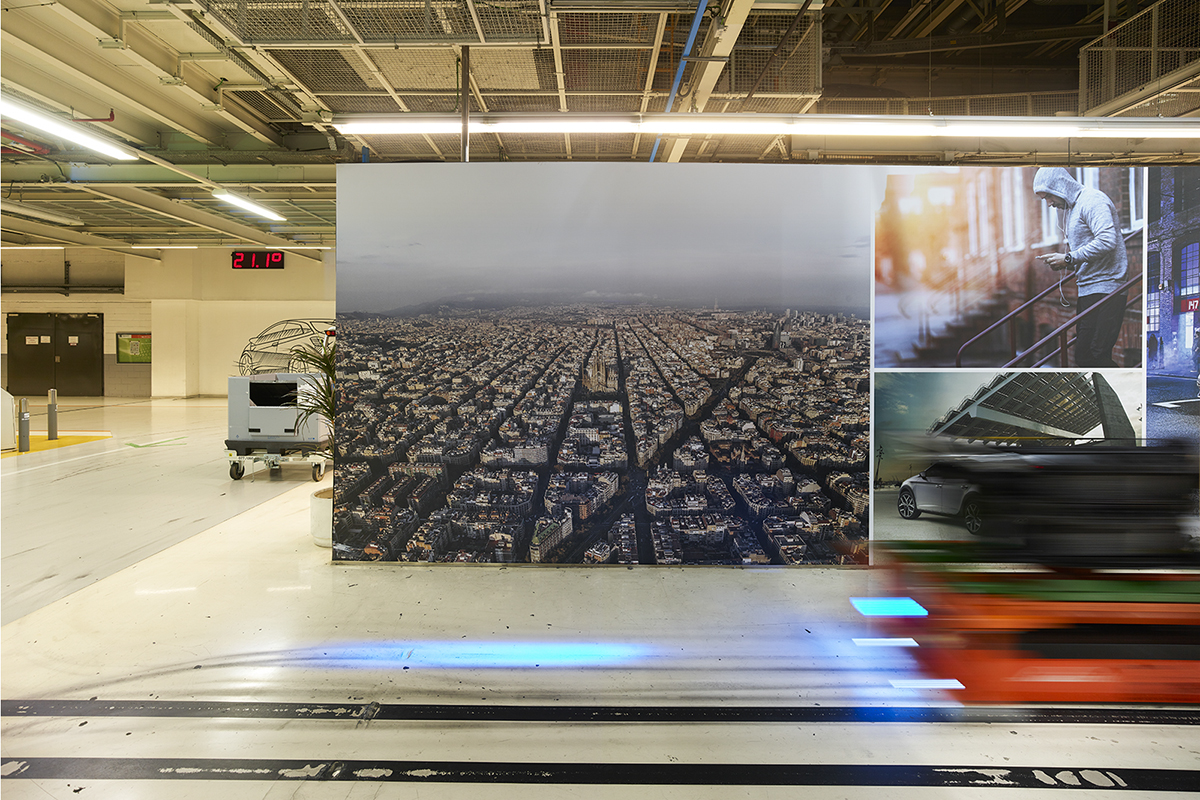
Photography: Jordi Bernadó

Joan Bergas
FGC Strategic Area Engineer Ferrocarrils de la Generalitat de Catalunya

Santiago Castelo
Consultant at Ideograma
Stronger metropolitan governance would make it possible to plan and manage mobility more coherently.
More people are using cars now than before the pandemic. In 2019, more than one billion trips were taken on public transport, but today, two years after lockdown, this level of demand has still not been regained and there are doubts as to whether it will be during the course of the year. In the meantime, private vehicle travel use has already reached pre-pandemic levels.
There are many reasons for this trend, some of them cyclical—to do with people’s fear of catching the virus—and others more definitive, such as the adoption of teleworking. Moreover, the digital revolution and the energy transition are accelerating change in mobility around the world.
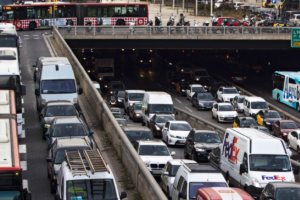
Traffic jam on the Rondas de Barcelona
Mobility is diverse and complex: we move to meet, work and play, and we move in a given physical context. For this reason, mobility is closely related to social organisation, spatial planning, urban planning and public health. An interdisciplinary approach is therefore absolutely essential when addressing complex challenges such as the response to the pandemic. Proposals to improve our mobility no longer come only from engineers.
One of the aspects of Barcelona that has most impact on mobility is its extremely high population density, one of the highest in Europe. This forces one to think very carefully about how one uses public space, and to prioritise means of transport that take up little space, such as walking, cycling and public transport. Accessibility in dense cities is only possible if these ways of getting around are made a priority. Fortunately, in terms of the proportion of journeys made by non-motorized means or by public transport, Barcelona ranks second among large European cities, with 86% of journeys made by active mobility or public transport, behind only Paris, which also has a very high population density. Despite this relatively moderate use of private cars, there are frequent traffic jams and the air is more polluted than is considered safe by the World Health Organisation.
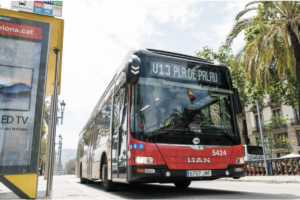
TMB bus line V13
More than half of the traffic in Barcelona comes from or goes to a destination outside the boundaries of the city, a metropolitan area that is less well covered by public transport. For this reason, it is important to see the Greater Barcelona metropolitan area as a whole; Barcelona must seek solutions by involving the cities in the surrounding area. Stronger metropolitan governance would make it possible to plan and manage mobility more coherently.
One of the solutions that enjoys the greatest technical and social consensus is the improvement of urban and suburban public transport, and—after a period of stagnation—city administrations are now investing in this area once again. This year will see the start of works to complete line 9 of the metro, the tramline on Diagonal, and the extension of the Llobregat—Anoia line to Gràcia, along with other building work on the suburban network. These projects will make it possible to offer new transport services that improve the efficiency and sustainability of mobility on a metropolitan scale.
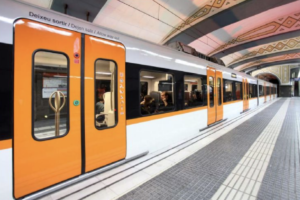
A FGC train at Plaça Catalunya Station
Despite the many challenges regarding mobility in Barcelona, we must not lose sight of the fact that the city is and will continue to be an international benchmark in this area: Barcelona has been ranked by the 2020 Deloitte City Mobility Index as one of the five most advanced cities in urban mobility systems, along with Stockholm, Singapore, Amsterdam and London. Furthermore, in 2018, Barcelona was named the host of EIT Urban Mobility, an ambitious public-private initiative that is set to transform urban mobility across Europe. And more recently, in 2020, lthe International Union of Public Transport (UITP) chose Barcelona, ahead of cities such as Brussels and Dubai, to host the Global Public Transport Summit 2023. This will make the city the world public transport capital for one year.

Moment when UITP chose Barcelona as the venue for the Global Public Transport Summit 2023
In short, mobility in Barcelona presents challenges, yes, but there are also reasons to be proud and to believe that, with commitment and determination, we can achieve more sustainable, inclusive, and efficient mobility for Barcelona.
If you want to know the latest English news about Barcelona and the people who bring it to life, sign up to our Blog.





